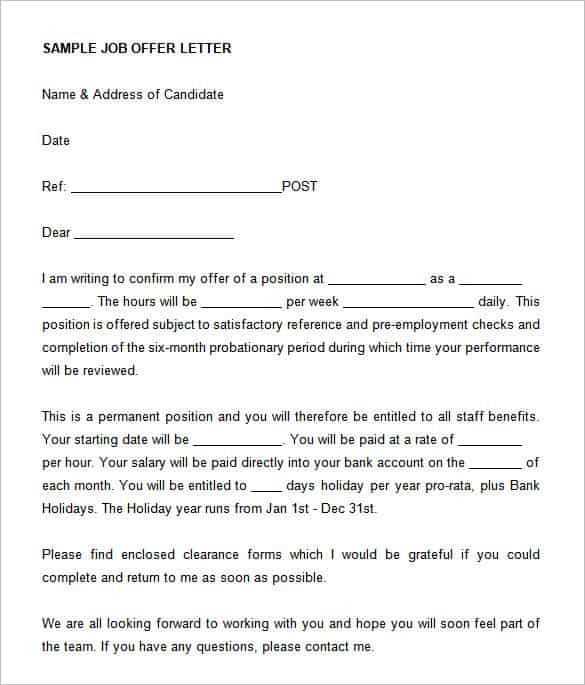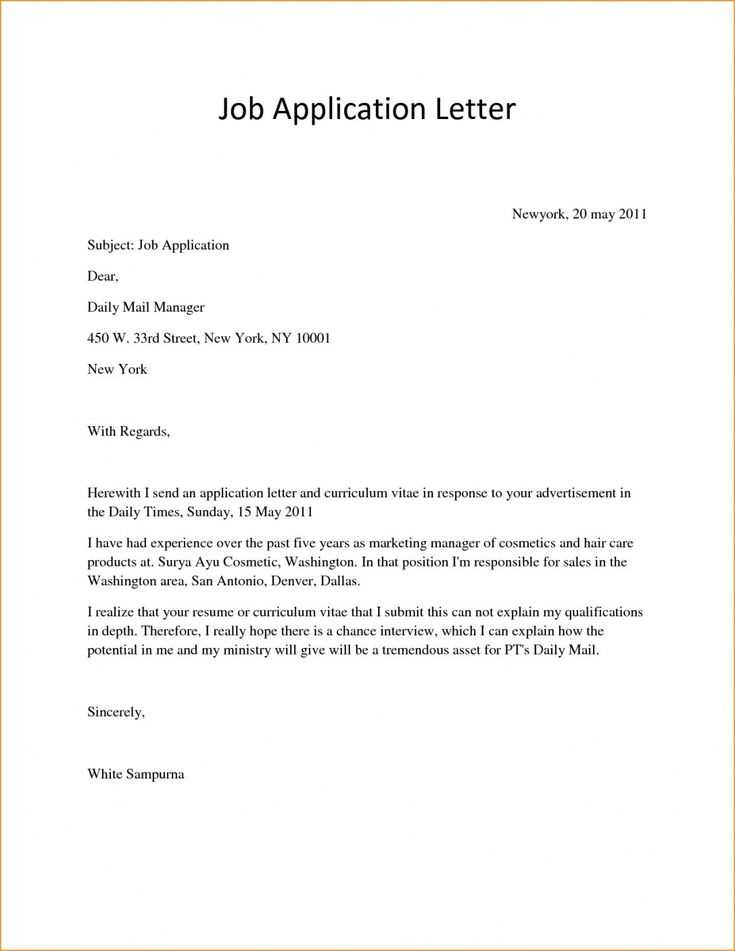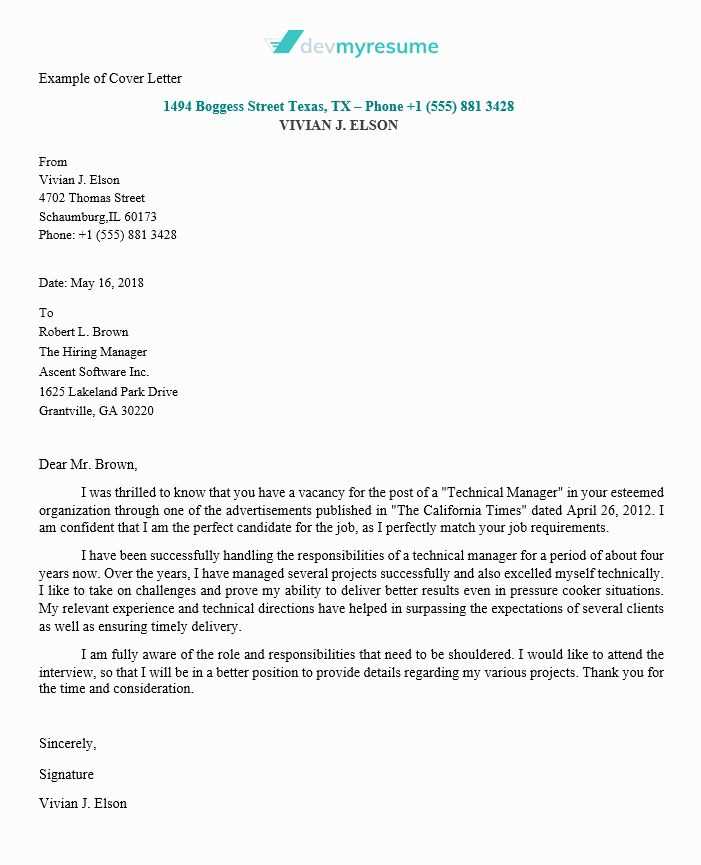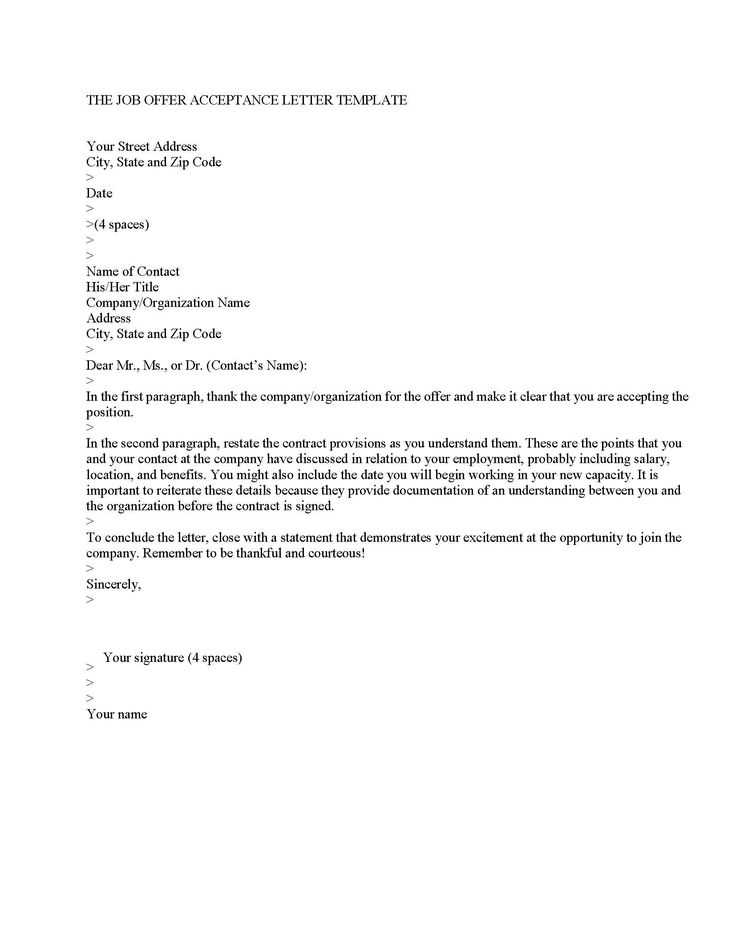Job Reclassification Letter Template for Easy Customization

When employees believe their responsibilities or workload have significantly changed, they may need to formally request a shift in their current position status. This process involves submitting a detailed document to management, outlining the reasons for the change and how it aligns with the individual’s skills, experience, and the organization’s needs. A well-crafted request ensures the transition is clear and professional.
Effective communication is essential when presenting a case for such a shift. A strong request should clearly express why the current role no longer aligns with the employee’s duties or qualifications. It should be concise, supported by relevant examples, and demonstrate how the proposed change benefits both the individual and the company.
In this section, we will explore how to prepare such a request, covering key elements, common mistakes to avoid, and how to increase the chances of a successful outcome. By understanding the process and following the best practices, employees can confidently present their case for a position adjustment.
Understanding Role Adjustment Requests
When an employee’s duties evolve beyond the original scope of their position, it may become necessary to formally request a reassessment of their current standing within the company. This formal communication aims to clarify how an individual’s responsibilities and skillset have changed, and how these adjustments align with the organization’s goals. The process helps both parties reach a mutual understanding and make informed decisions about potential changes in role classification.
Reasons for Requesting a Role Shift
Employees may seek a shift in their role for various reasons, such as an increase in responsibilities, a change in the nature of their tasks, or a shift in their professional expertise. By presenting this information clearly, individuals can help their supervisors recognize the evolving demands of their work and the need for alignment in official titles and compensation. The request should be based on tangible evidence, such as the employee’s achievements or expanded scope of duties.
How to Approach the Process
To ensure the request is taken seriously, it is crucial to approach the process with clarity and professionalism. The individual must outline their reasons for the adjustment in a structured and logical manner. This includes demonstrating how their skills and contributions have grown over time, and why this change is in the best interest of both the employee and the company. A well-organized request fosters trust and promotes open communication with management.
Key Steps to Draft a Request

Creating an effective request for a role adjustment requires a structured approach to ensure clarity and professionalism. By following a few essential steps, employees can present their case in a way that is both compelling and well-organized. Here are the key steps to help guide the process:
- Identify the Reason for the Request: Clearly outline why the change is necessary, whether it’s due to a shift in responsibilities, acquired skills, or increased workload. Be specific and provide supporting evidence.
- Highlight the Impact on the Organization: Explain how the proposed adjustment will benefit the company. This could include improved efficiency, better utilization of skills, or alignment with company goals.
- Detail Your Achievements and Growth: Provide examples of how your role has evolved over time. Mention specific tasks or projects that demonstrate your readiness for a new classification.
- Be Clear and Concise: Avoid unnecessary details. Stick to the key points that directly support your request and keep the tone professional and respectful.
- Include a Suggested Adjustment: Clearly state what kind of change you’re requesting, whether it’s a new title, updated responsibilities, or a salary adjustment. Provide a reasonable justification for this change.
By following these steps, individuals can ensure that their request is well-crafted, clear, and compelling, increasing the likelihood of a positive outcome.
Reasons for Role Adjustment Requests
There are several key reasons why an individual may feel the need to formally ask for a change in their current role. These requests often arise when the scope of an employee’s work has shifted, whether through increased responsibilities, changes in the industry, or the employee’s own professional growth. Recognizing and addressing these changes promptly ensures that the position accurately reflects the value the employee brings to the organization.
Increased Responsibilities
As employees take on more tasks or manage larger projects, their role may no longer align with their initial job description. When the scope of an employee’s duties expands significantly, it is a valid reason to request a change in their official title or status. Demonstrating this growth in responsibilities can help justify the need for an adjustment that reflects the added workload.
Professional Development and Skill Acquisition
Employees who acquire new skills, certifications, or experience over time may find that their original position no longer aligns with their qualifications. When an individual’s expertise has grown, they may seek a re-evaluation of their position to better reflect their capabilities. This not only supports their career development but also benefits the company by better utilizing the employee’s enhanced skill set.
Tips for Writing a Strong Request
To ensure your request for a role change is taken seriously, it is crucial to present it in a well-organized, clear, and professional manner. A compelling and persuasive document will help your case stand out and increase the chances of a positive response. Below are some tips that can guide you in writing a strong and effective request.
Be Clear and Specific

Clearly state the reason for your request and provide specific examples to support your case. Detail how your responsibilities or skillset have evolved, and how the proposed adjustment aligns with your contributions to the company. Avoid vague statements and ensure that each point you make is backed up with concrete evidence or examples from your work experience.
Maintain a Professional and Positive Tone
Even if you’re requesting a significant change, it is important to maintain a respectful and constructive tone throughout your request. Avoid sounding entitled or demanding; instead, focus on how the adjustment will benefit both you and the organization. A positive tone will help create a collaborative atmosphere and encourage your employer to consider the change seriously.
How to Address Salary Adjustments

When requesting a change in role or responsibilities, it is important to approach the topic of compensation carefully and thoughtfully. A salary adjustment may be necessary to reflect the increased value that the employee brings to the organization. Presenting this request requires a clear and logical explanation to demonstrate how the change in duties justifies the adjustment in pay.
Provide a Solid Rationale: Clearly articulate why the proposed change warrants a higher salary. Highlight the additional responsibilities, skills, or achievements that have contributed to the organization’s success. Show how the new role aligns with the company’s compensation structure, market rates, or industry standards.
Use Market Data: It’s useful to reference salary benchmarks in the industry for similar roles. Including research or data about pay rates can strengthen your request and show that your proposal is in line with current trends. Make sure the sources you refer to are credible and up-to-date.
Be prepared for negotiation: When discussing compensation, there may be some back-and-forth before an agreement is reached. Approach the conversation with flexibility and openness, while being clear about your expectations and the justification for your request.
What to Include in Your Request
When submitting a formal request for a change in your role or responsibilities, it’s essential to include specific information that justifies the adjustment. A well-structured request ensures that your points are clearly understood and that management can evaluate the situation effectively. Here’s what should be included to strengthen your case.
Detailed Explanation of Changes: Start by outlining the changes in your responsibilities, such as new tasks you’ve taken on or skills you’ve developed. Clearly describe how your role has evolved and why this requires an official update. This will help demonstrate that the request is based on measurable shifts in your work.
Achievements and Contributions: Highlight specific accomplishments that showcase your growth within the company. Use examples to illustrate how your work has impacted the organization positively, whether through successful projects, improved efficiency, or increased leadership responsibilities.
Justification for the Adjustment: Provide a rationale for the requested change. This could include a comparison to industry standards, the value you bring to the company, or the alignment of your updated duties with similar roles in the organization. Be clear about why the adjustment is fair and reasonable.
Desired Outcome: End with a clear and concise statement of what you’re requesting. Whether it’s a change in title, a revision of duties, or a salary adjustment, make sure the outcome is specified. Providing this clarity allows for easier evaluation and decision-making.